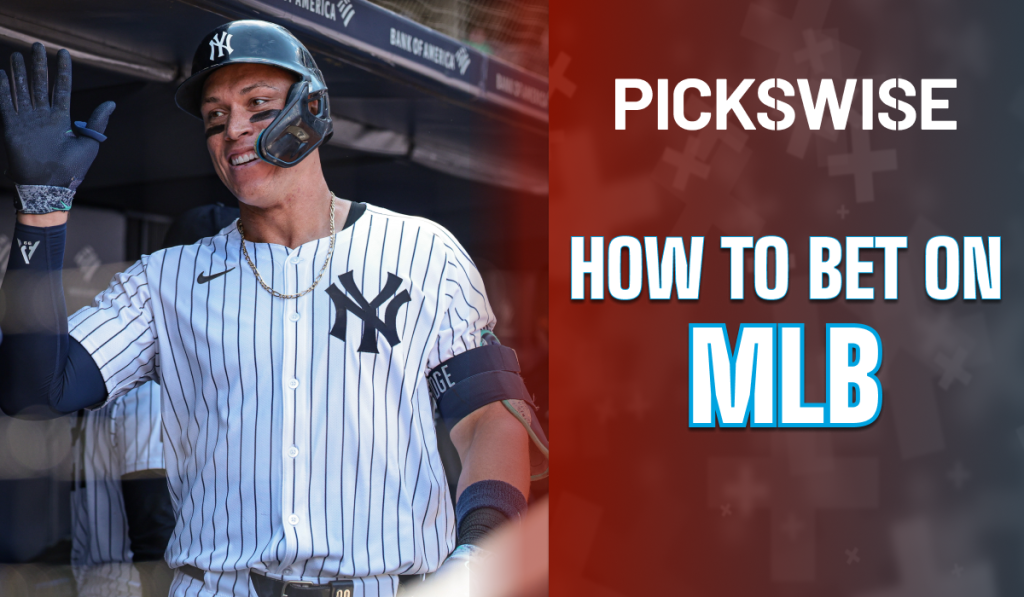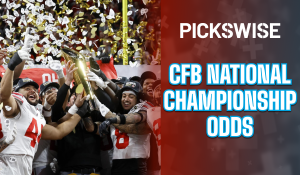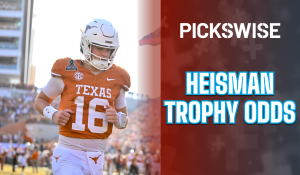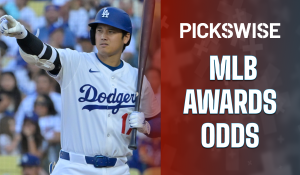Baseball Betting: How to bet on the MLB?

Table Of Contents:
📍 Where is MLB Betting Legal?
For many years, states were prevented from legalizing sports betting by the Professional and Amateur Sports Protection Act, aka PAPSA. PAPSA was struck down by the Supreme Court in 2018, paving the way for legal sports betting in the United States. As of today, legalized online sports betting is available in a variety of states, which we’ve listed below. Numerous other states have legal sports betting, but only in-person. Most other states have at the very least introduced bills to get the process started, so it’s likely only a matter of a couple of years before the rest of the states have legalized betting on MLB. As of today, the following states all have a legal and regulated sports betting industry, where you can wager on MLB games:- Arizona
- Arkansas
- Colorado
- Connecticut
- Delaware
- Illinois
- Indiana
- Iowa
- Kansas
- Kentucky
- Louisiana
- Maine
- Maryland
- Massachusetts
- Michigan
- Mississippi
- Montana
- Nevada
- New Hampshire
- New Jersey
- New York
- North Carolina
- Ohio
- Oregon
- Pennsylvania
- Rhode Island
- Tennessee
- Vermont
- Virginia
- Washington
- Washington D.C.
- West Virginia
- Wisconsin
- Wyoming






